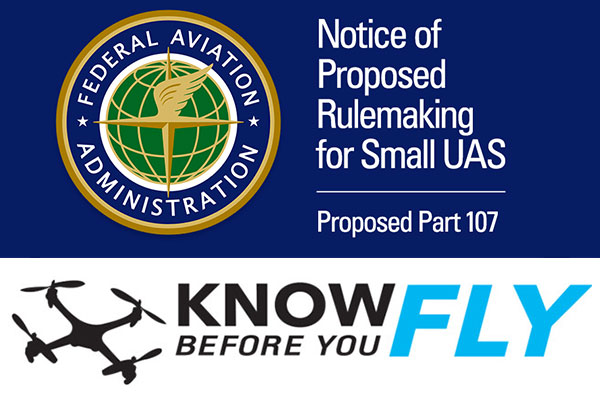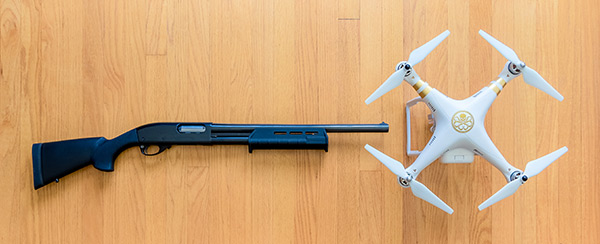
With unprecedented expediency – the FAA today issued the first FAA/DOT Announce Small UAS Rule, which will take effect in August 2016. As always, they’ve scattered the info about in a very confusing, illogical, and dispersed manner. So, I’ll break it down for you by webpage and I’ll also provide direct downloads of all documents released today (see below!).
Overall, this is a step in the right direction and good for all of us out in the business world. After quickly reading through portions of the rule, I can see that many adjustments are going to be needed. The FAA acknowledges this as “…just our first step” – and rightly so. As capabilities and technology change, well – so must the rules. Without further ado, I give you a bunch of links and 3 downloadable PDF files!
FAA Links Regarding the New Small UAS Rule – FAR Part 107:
- FAA Press Release
- FAA Announcement on Unmanned Aircraft Systems Page
- How to Fly for Work or Business
- Remote Pilot Certification
- sUAS Registration
- Waivers
Downloads:
- Part 107 Summary – 3 pages
- Part 107 Full Text – a ludicrous 624 pages
- Advisory Circular 107-2 – How to Use the Rule
Hope this helps everyone out & happy flying!




